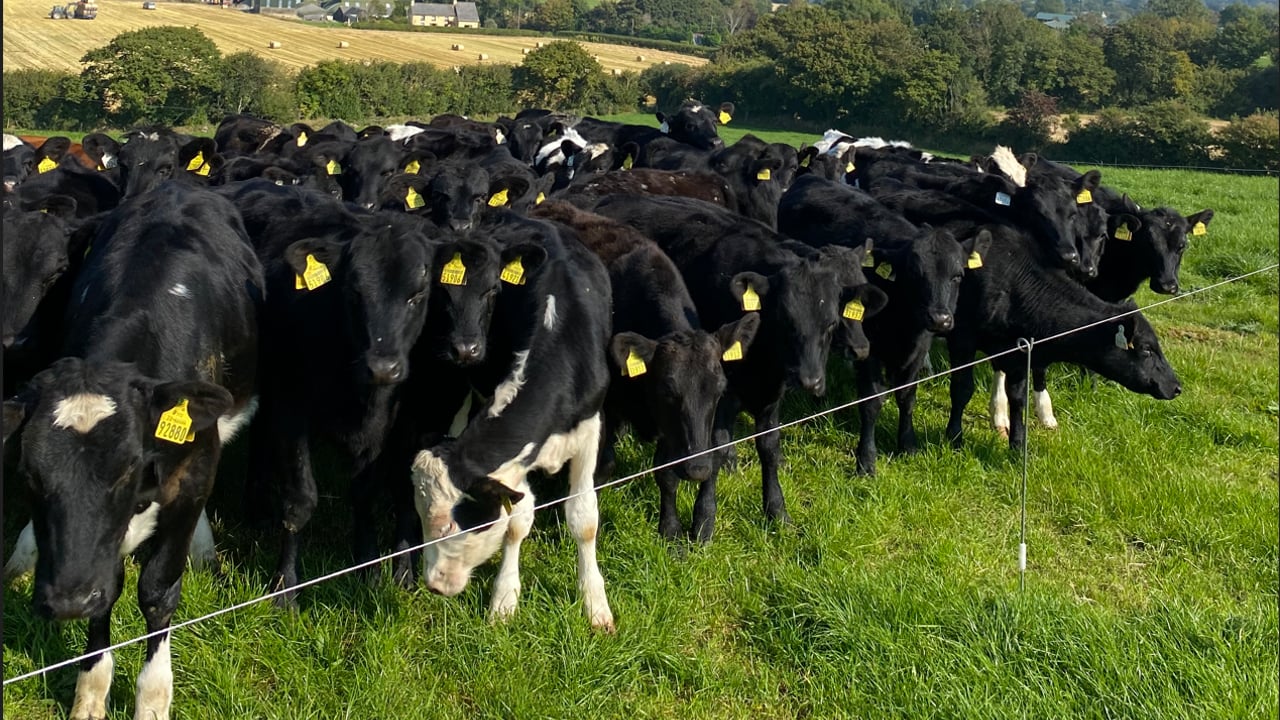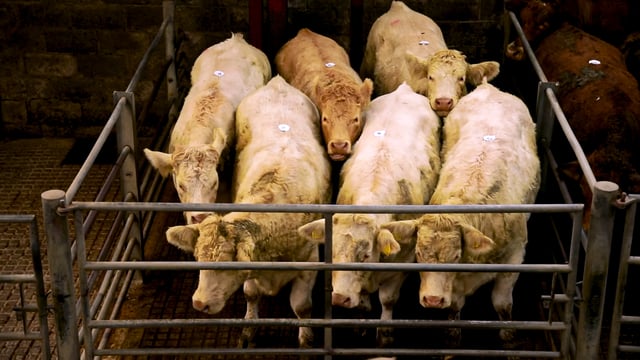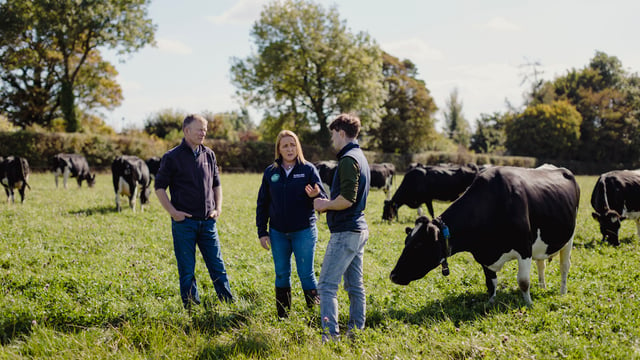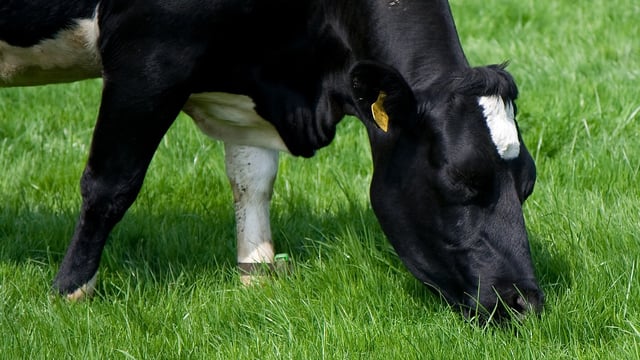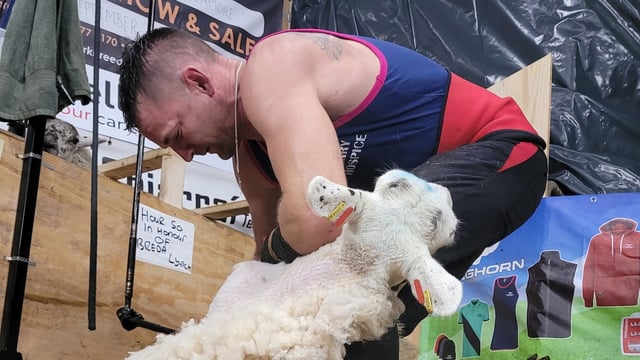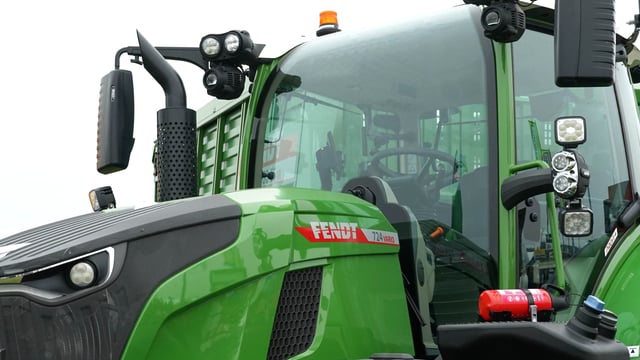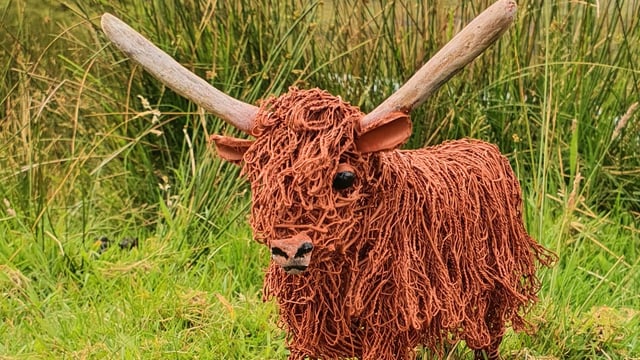Lungworm in calves can pose a threat in late summer/autumn
The weather will begin to change in the autumn, resulting in warm and wet conditions - conditions in which lungworm will thrive in calves.
Farmers should be mindful during this time of year of lungworm outbreaks, as they are hard to predict and typically arise late in summer or during autumn.
The current humid conditions with occasional showers will promote the development and spread of lungworm larvae on pasture, leading to increased infection risk for grazing animals - particularly young calves who have built up no resistance.
An infection starts off with one or two animals struggling to catch their breadth or coughing, and if not tackled quickly, it can quickly spread and affect cows within the herd.
Signs of lungworms can occur when calves or cattle are being moved with a sense of urgency, as they can begin to struggle with breathing, have their tongue hanging out and need to stop to cough. Coughing can then quickly turn into pneumonia.
When it progresses to pneumonia, some animals may take a long time to recover even after a wormer treatment.
If this occurs in dairy stock, cows can show a drop in milk yield during the outbreak.
Lungworm
Young calves that are on their first season of grazing are most susceptible to pick up lungworm, so calves should be closely monitored for any clinical signs, especially when conditions turn damp and humid.
Paddocks that were grazed by calves the year before are at a higher risk of contamination due to over-wintering of larvae.
Animals that have a lungworm infection may have an increased susceptibility to other respiratory infections, which can be problematic for calves if they are already under stress at transport, castration, or going into housing.
The risk assessment of different pastures at spring and mid summer as per AHI are as follows:
| Time | High risk pastures | Medium risk pastures | Low risk pastures |
|---|---|---|---|
| Spring | Grazed by young calves in the previous year. Grazed by lungworm-infected cattle in the previous year | Grazed only by cows or yearlings with no history of lungworm in the previous year | New pasture. Grazed by sheep or used for hay or silage only in the previous year |
| Mid-summer | Grazed by young calves in the spring | Grazed only by cows or yearlings with no history of lungworm | Grazed by sheep or after grass (used only for silage or hay in the first half of the season) |
Typically, there is one or two fields on the farm specifically for calves, and these paddocks are grazed year-on-year by calves only.
These paddocks can become stale and are far more susceptible to lungworm contamination due to the over-wintering of larvae.
They should ideally be grazed by cows at the start of spring or cut for silage every now and then to take off that mat of contamination.
A negative test from a dung sample does not rule out a lungworm infection as, when the worm is at the immature larval stages, it can cause clinical signs before they are present in the dung.
Cattle develop immunity to lungworm in their second or third season at grazing if they have received adequate exposure to the worms.
However, this immunity can be short-lived and will wear off over time if they are not exposed again. This can lead to cows developing clinical signs.
After a long housing period, cows should be given a long-acting wormer to prevent the natural boost needed to maintain immunity.
If cows are showing clinical signs of lungworm, it could be because they did not get sufficient exposure as young stock to develop enough immunity.
Stock that were never reared on paddocks with lungworm infection or following intensive anthelmintic treatments will have no resistance to lungworm when mature stock.
Animals like these will develop typical signs along with a patent infection where larvae might be detected in dung samples.

